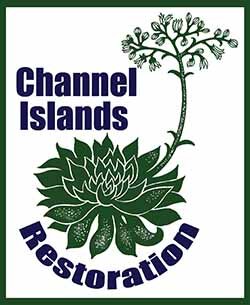The Channel Island paintbrush (Castilleja grisea) is a rare and endangered flowering plant species native to the Channel Islands off the coast of California. It belongs to the family Orobanchaceae and is commonly known as the "island owl's clover" or "Santa Cruz Island paintbrush". It is a small herbaceous perennial that grows up to 30 centimeters in height, and it is known for its unique red and yellow flowers.
Description: The Channel Island paintbrush has narrow, green leaves that are about 4 centimeters long. Its flowers are tubular and range in color from bright red to orange-yellow, with a distinctive hood-like structure at the top of the flower. The plant blooms from April to June, and the flowers are pollinated by hummingbirds.
Habitat and Distribution: The Channel Island paintbrush is found only on the Channel Islands, specifically on Santa Cruz Island and Santa Rosa Island. It grows in coastal sage scrub and chaparral habitats, usually in rocky or sandy soils.
Ecological and Economic Importance: The Channel Island paintbrush is an important component of the unique biodiversity of the Channel Islands. It serves as a food source for hummingbirds and other pollinators and provides habitat for a variety of other wildlife. The plant also has cultural significance to the Chumash people, who used it in traditional medicine.
Conservation Status: The Channel Island paintbrush is listed as endangered by the U.S. Fish and Wildlife Service. The species is threatened by habitat destruction, invasive species, and climate change. Efforts are underway to protect the plant and its habitat, including habitat restoration and the removal of invasive species.

